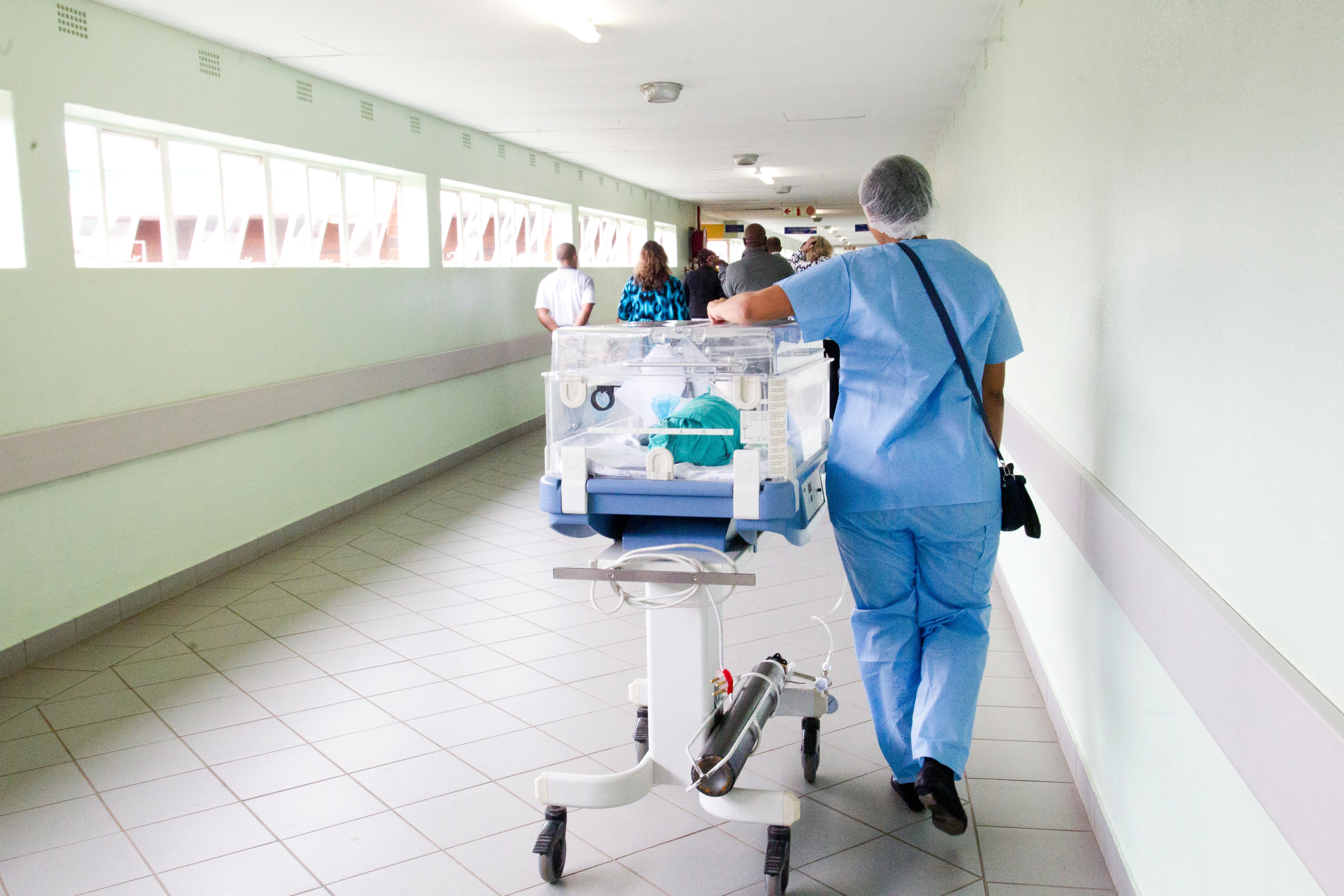Media release
From:
New Zealand 1986 Very Low Birthweight Follow-up Study: the third decade
The New Zealand Very Low Birthweight Study has followed the health and progress of all individuals born prematurely in 1986 with very low birthweight (VLBW: <1,500g) across childhood into adulthood. This paper is a summary of the published findings of medical and psychological assessments at age 28 compared with same-aged peers who were born at the expected time at a healthy weight. Most VLBW adults are living healthy, productive lives similar to their term-born peers but do face some challenges. Mean values for biomedical measurements (e.g., blood pressure and lung function) and psychometric tests (e.g., IQ) were generally in the normal range for age but poorer than for controls. Very preterm birth is a lifetime condition and extra surveillance and monitoring is warranted, particularly for blood pressure, heart, lung and kidney function and blood sugar control.



 New Zealand
New Zealand


